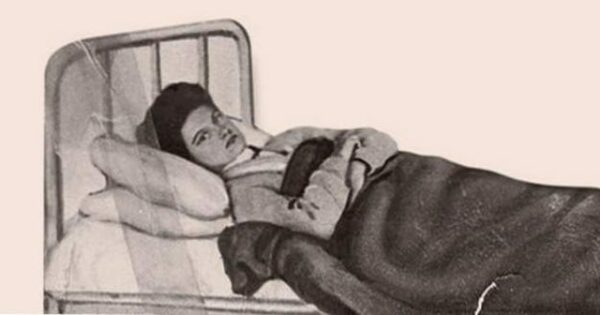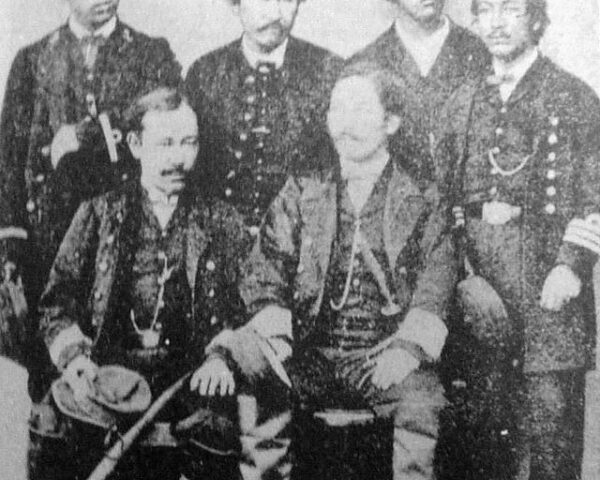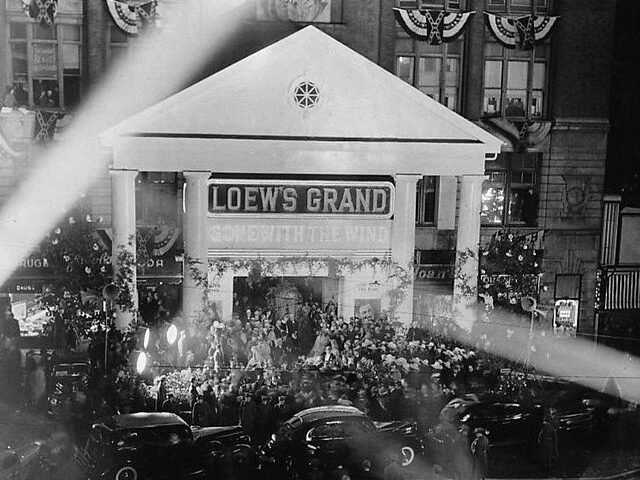Mary Mallon—better known to history as Typhoid Mary—was placed into quarantine for the second and final time. She would remain isolated for the rest of her life, becoming an infamous figure and a lasting symbol of asymptomatic disease transmission in the United States. An Irish immigrant and professional cook, Mallon carried Salmonella typhi, the bacterium responsible for typhoid fever, yet never experienced symptoms herself. Unknowingly, she spread the illness to dozens, raising critical questions about public health, civil liberties, and medical ethics.
Mary Mallon was born in County Tyrone, Ireland, in 1869, and immigrated to the United States in the 1880s. She found steady work as a cook for affluent families in New York City and its surrounding areas. Though she appeared healthy, Mallon was a “healthy carrier” of typhoid fever—a person who harbors the pathogen and can transmit it without falling ill. Most likely, poor hand hygiene during food preparation contributed to the spread of the bacteria. Between 1900 and 1907, health officials traced at least 22 confirmed typhoid cases and one death to households where she had been employed.
A turning point came in 1906, when George Soper, a sanitary engineer, began investigating a typhoid outbreak in a Long Island household. His research led him to the cook, Mary Mallon. When Soper approached her for samples to confirm his theory, Mallon refused, firmly believing she was neither sick nor contagious. Nevertheless, in 1907, she was forcibly taken by public health authorities and quarantined on North Brother Island, a small, isolated location in New York’s East River. She remained there for three years, becoming a media sensation and a subject of growing ethical and legal controversy.
In 1910, Mallon was released under the strict condition that she never work as a cook again. But with limited employment opportunities and little financial support, she eventually resumed cooking under various false names. This decision proved disastrous. In 1915, a typhoid outbreak at the Sloan Maternity Hospital in Manhattan infected 25 people and caused two deaths. Investigators traced the outbreak back to a cook using the alias “Mrs. Brown,” who turned out to be Mary Mallon.
Authorities once again arrested her, and on March 27, 1915, she was returned to North Brother Island—this time permanently. Labeled a threat to public health, Mallon lived the final 23 years of her life in quarantine. Despite her status as a public pariah, she worked as a technician in the island’s laboratory. Still maintaining that she was not dangerous, she lived out her life in forced isolation.
Mallon died of pneumonia on November 11, 1938. An autopsy revealed that her gallbladder continued to harbor live typhoid bacteria. By then, she had been definitively linked to at least three deaths and over 50 infections, although estimates suggest the real numbers were significantly higher. Her name became synonymous with infectious danger—invoked in headlines, scientific literature, and political debates for decades to follow.
Mary Mallon’s story was more than a medical anomaly; it reshaped public health understanding and policy. She forced the country to confront the realities of asymptomatic transmission—a concept poorly understood at the time—and sparked a national conversation about the limits of individual freedom when weighed against community safety. Her case remains a foundational example in medical ethics, reminding us that the most challenging questions in public health are not only scientific, but deeply human.






